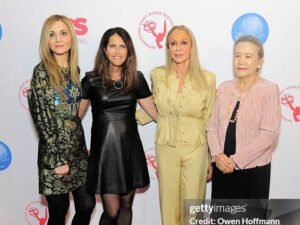As a kindergarten teacher, one of the most rewarding aspects of my job is creating engaging lesson plans that spark curiosity and excitement in young learners. Designing innovative activities that blend fun and education can truly make a difference in the classroom. In this article, I’ll break down some effective kindergarten lesson plan examples and share fun activities that can enhance children’s learning experiences.
Understanding Early Childhood Education
Before diving into specific lesson plan examples, let’s take a moment to discuss the importance of early childhood education. Children in kindergarten are at a pivotal stage in their development. They’re not only learning foundational academic skills but also social skills, emotional regulation, and critical thinking. Thus, it’s essential that lesson plans cater to diverse learning styles and interests.
1. Thematic Lesson Plans
Thematic lesson plans are an excellent way to create a cohesive learning experience. By centering activities around a specific theme, children can explore various subjects in a more integrated way. For instance, a “Seasons” theme can encompass activities in science, art, and literacy.
Example: “Seasons” Theme
2. Engaging with Numbers
Math skills are vital during kindergarten, and it’s crucial to incorporate fun activities that make learning numbers enjoyable.
Example: “Counting Bears” Activity
3. Exploring Nature
Incorporating lessons about the environment can ignite a love for nature in children from an early age. Field trips or gardening projects enliven this aspect.
Example: “Planting Seeds” Lesson
4. Creative Movement
Physical activity is essential for young children to develop coordination and awareness of their bodies. Integrating movement into lessons can turn learning into an energetic experience.
Example: “Animal Movement” Game
5. Arts and Crafts
Engaging children in creative activities fosters their imagination and artistic expression. Arts and crafts can be tied into nearly every subject area.
Example: “My Family Portrait” Art Project
6. Music and Rhythm
Incorporating music into the classroom is a spectacular way to make learning fun. Songs can help reinforce lessons and improve memory.
Example: “Rhyming Songs” Activity
Conclusion
Creating fun and educational activities for kindergarten students isn’t just about filling the day with busy work. It’s about fostering an environment where learning becomes an exciting adventure. By implementing thematic plans, incorporating nature, and inspiring creativity, I can help my students develop key skills while enjoying the process. With these lesson plan examples, I hope to inspire fellow educators and parents to create enriching, memorable experiences for our young learners. Learning should always be a joyful journey!




